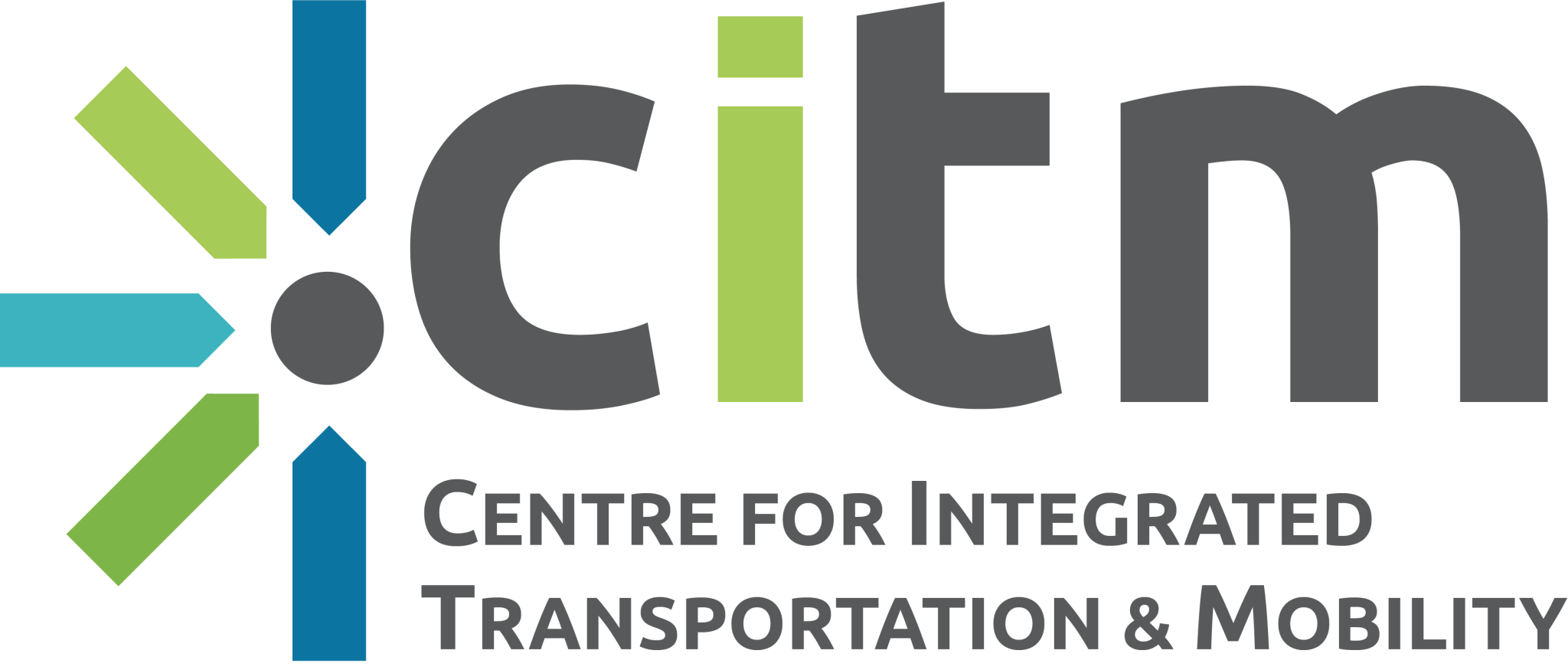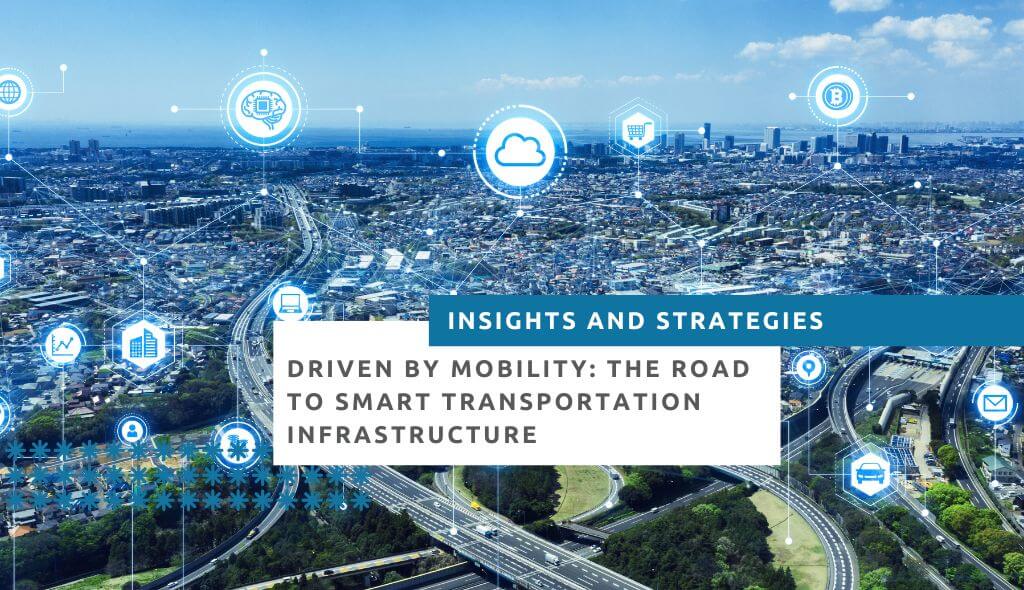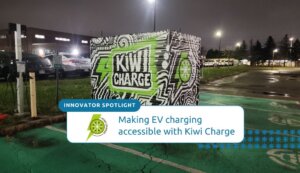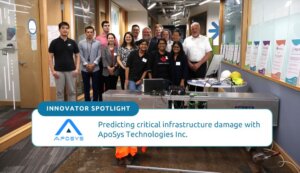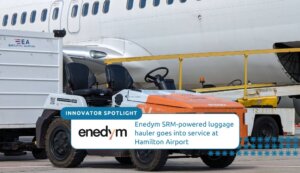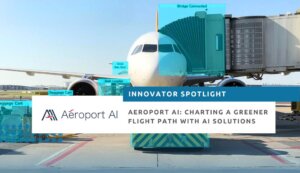Welcome to our Driven by Mobility series. For this blog post, we will dive into the world of “Smart Transportation Infrastructure”, the backbone of the mobility concepts we’ve been discussing in this series.
Envision a city that evolves with its inhabitants, anticipates their needs, and optimizes its functionality in real time. That’s the power of smart transportation infrastructure! In this article we will cover:
Without further ado, let’s dive in.
Understanding Smart Transportation Infrastructure
Smart transportation infrastructure is all about using advanced technology to measure and process real time data to optimize a city’s flow, and promptly adjust to demand change.
The infrastructure’s main strength lies in its reliance on the Internet of Things (IoT) — a network of interconnected devices and sensors designed to gather and analyze vast amounts of data. This real-time information allows city authorities to make informed decisions, promptly address arising issues, and enhance the management of their services.
The concept of smart transportation goes beyond just technological advancement; it places a significant emphasis on people, and its goal is to improve residents’ lives by ensuring services are not only accessible and convenient, but also tailored to their needs.
In short, smart transportation is about making cities more livable, sustainable, and connected, using cutting edge technology and live data.
The Benefits of Smart Transportation Infrastructure
Connectivity Boost
One of the key benefits of smart transportation infrastructure lies in its connectivity. Thanks to IoT technologies, different elements within the transport network communicate in real-time. This includes vehicle-to-vehicle (V2V), vehicle-to-infrastructure (V2I), and vehicle-to-everything (V2X) connections. This seamless integration enhances real-time decision-making, reduces traffic congestion, and improves overall traffic efficiency, setting the stage for the large-scale deployment of connected autonomous vehicles (C/AVs).
Data-Driven Decisions
With smart transportation, cities gain access to vast amounts of real-time data, ranging from short term changes in demand, to long term accident rate trends. This wealth of data enables swift decision-making and long-term urban planning, supporting policymakers to act on previously inaccessible insights.
Enhanced Accessibility
Incorporating smart technologies into our transport infrastructure expands accessibility for seniors, differently-abled individuals, and people across various income brackets. By collecting real-time data of demand, cities can adjust their public transportation routes based on particular demands rather than following a fixed route, and city wide C/AV fleets can be deployed to ferry people based on those demand changes. Implementing smart micro-mobility services opens up mobility options to a wider range of citizens, and ensures equitable access to mobility services.
Greener Transportation
By optimizing routes, reducing congestion, promoting public transit, and paving the way for the incorporation of electric vehicles. Smart transportation infrastructure will be able to dramatically reduce carbon emissions, save costs long-term, and improve living conditions.
Improving Livability
By mitigating traffic congestion, curbing commute times, and reducing noise and air pollution, smart transportation can greatly enhance the liveability of our cities. It’s not just about making our cities more attractive for residents, but also making it a more ideal place to host businesses and technological advancements.
How to Build Smart Transportation Infrastructure
CITM’s 5G Network
In order to build technologies for smart transportation infrastructures, you’ll need a network to test your product on, that’s where CITM comes in.
This 5G Transportation Network is available for free to all Centre of Integrated Transportation and Mobility and OVIN clients. The network is a multi-site, 4G/5G capable private network that uses a combination of HD video, RADAR, LiDAR and other sensors to develop, test, validate, and evaluate our client’s products. Available year-round through all weather conditions, clients can privately gather their own data on the performance of their technology or product in a real-world test environment.
Learn more here: https://citm.ca/smart-transportation-network-and-datastor/
Smart Transportation Infrastructure Innovators
Iris

Iris develops smart city solutions including their award-winning IoT device, irisGO™. This AI-enabled device is designed for municipalities, significantly aiding in the detection, measurement, and reporting of objects of interest.
One of the primary functions of irisGO™ is accelerated pothole detection. This capability streamlines repairs, enhancing road safety, and extending the lifespan of road networks. The device’s precision minimizes disruption and boosts the efficiency of maintenance teams.
Additionally, irisGO™ monitors roadside assets, like signs and fences. By proactively identifying issues, irisGO™ assists in maintaining these often-overlooked elements of a city’s infrastructure, contributing to the overall aesthetics and functionality of urban spaces.
Above all, Iris maintains its focus on privacy. As an end-to-end data collection and reporting platform, irisGO™ guides municipalities towards data-driven, evidence-based decisions. Iris is shaping our interaction with urban environments, creating safer, smarter cities through its transformative solutions.
Preteckt

Preteckt is at the cutting edge of AI-powered vehicle maintenance, specializing in fleet management solutions. The company leverages advanced technologies, including AI, computer vision, and machine learning, to offer services that surpass existing options in the market.
Preteckt’s AI-driven platform provides highly accurate vehicle repair diagnostics, leading to faster resolution times and more efficient maintenance scheduling. The system has been designed to learn from each intervention, thereby improving its predictive capabilities. This allows fleet management systems to anticipate future repair and maintenance needs accurately, ensuring vehicle uptime and streamlining operations.
The benefits of Preteckt’s cutting-edge services are not confined to enhanced efficiency. The firm’s innovative approach contributes significantly to sustainability efforts, with an impressive 2,000,000 tons of emissions avoided annually due to their efficient maintenance strategies.
Moreover, Preteckt’s solutions increase technician efficiency by 43%, showcasing the potential of AI in the realm of fleet management. This significant boost in productivity results in considerable time and cost savings, reinforcing Preteckt’s commitment to superior service delivery. In its pursuit of harnessing AI for smarter fleet management, Preteckt is setting new standards and driving the industry towards a more efficient and sustainable future.
Smart Transportation Infrastructure Around the World
Singapore’s Smart Traffic Management
Singapore has been recognized as a global leader in smart city initiatives, its Intelligent Transport Systems (ITS) are revolutionizing urban mobility through a connected network of sensors and cameras across a 160km stretch of expressways and road tunnels. These systems gather critical data on traffic flow, traveling times, and road demand, empowering commuters to make informed travel decisions.
At the core of ITS is i-Transport, is an integrated platform that provides real-time traffic information, including incidents, road closures, traffic speeds, and parking availability, and is shared publicly, supporting Singapore’s vision for smarter, data-driven urban mobility.
[Source]
Barcelona’s Smart Parking System and More
Barcelona introduced sensor systems in parking spaces, guiding drivers to open spots, reducing emissions and congestion. They upgraded street lights to LED-based lighting systems with sensors, achieving energy efficiency and environmental friendliness. The city implemented smart bins for waste disposal, which reduced odor and noise pollution while optimizing waste collection. Barcelona’s city bike system, ‘Bicing’, and a more efficient bus transit system have been key in transforming public transport.
Noise sensors deployed in public places like Plaza del Sol allowed residents to monitor and act against high noise levels. The city also hosts the Mobile World Congress, underscoring its commitment to mobile technology and smart solutions. Barcelona’s adoption of IoT and smart technologies, transforming its urban systems, is a testament to the transformative power of smart city initiatives.
[Source]
Sweden’s Electric Road System
Sweden is turning a major highway into the world’s first permanently electrified road. Connecting vital logistic hubs between Hallsberg and Örebro, this project on the European route E20 supports the EU’s ambitious goal of zero carbon emissions from all new cars by 2035.
This innovative technology allows for dynamic charging, letting vehicles recharge while on the move. Three distinct charging methods are being explored to serve different vehicle types. Further, research shows that private cars could significantly benefit from this Electric Road System, potentially reducing battery sizes by 70%. With countries like France and Germany joining Sweden on this electrifying journey, we can expect more roads that offer wireless, on the go charging.
[Source]
Challenges to Smart Transportation Infrastructure
When dealing with a revolutionary technology that can reshape the entire way we live in our cities, it’s important to be cautious and mindful of all aspects of the implementation process. We must address any of the challenges that may arise as part of our due diligence, one such challenge is data and privacy security.
Smart Transportation Infrastructure has its utility because of the vast amounts of data it can gather and analyze at incredible speeds. However, whenever there’s large amounts of data being collected, people will raise questions like:
- How much data exactly is being collected?
- What kind of data? Who oversees the data?
- Who has access to the data?
- How secure will the data be?
To progress, we must address these challenges head on to curb market hesitation, and build a safer, more reliable smart transportation infrastructure.
Addressing the Smart Transportation Infrastructure Challenges
Data Minimization and Anonymization
One of the first steps to addressing privacy concerns is to ensure that only necessary data is collected. Anonymized wherever possible to reduce the potential for misuse.
As previously mentioned, Canadian Innovator; Iris, puts privacy at the forefront of their operations. The iris GO™ computer vision data collection device never collects private information. Privacy information such as faces, and license plates are redacted at the edge and are never collected.
Transparent Data Policies
It is essential to be transparent about what data is collected, how it is used, and who has access to it. Detailed, easy-to-understand privacy policies can go a long way in relieving public fears. It’s crucial that users have the ability to control their data. They should be able to view, correct, and delete their data if they choose to do so.
Robust Cybersecurity Measures
To protect the collected data, robust cybersecurity measures must be in place. This includes encryption, secure data storage, regular audits, and strong access control mechanisms to prevent unauthorized access. Regular audits by third parties can help ensure that data protection measures are working as they should.
Other ‘Driven by Mobility’ Articles you May Find of Interest
We hope you enjoyed this article on smart transportation infrastructure. Driven by Mobility is an original series where we explore CITM’s five areas of focus. You can find all of them here.
You can also directly jump to each article:
About the Centre for Integrated Transportation and Mobility
The Centre for Integrated Transportation and Mobility (CITM) is an accelerator with everything your business needs to take electrified, connected and autonomous vehicle innovations from ideation to commercialization and scale-up. CITM will match you with industry, business development and technical expertise to help you find product-market fit, pilot projects, strategic connections, and growth opportunities. With CITM you can leverage exclusive R&D resources to test and validate your innovation through leading-edge test environments, technology platforms, rich datasets, and specialized labs.
